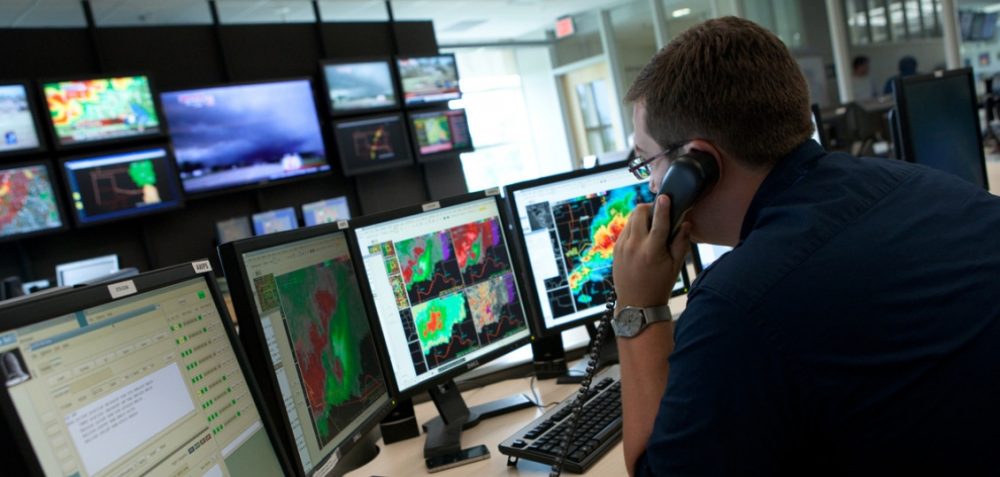In 2014, Get Your Family Prepared
Stop, Drop & Roll Give a Hoot, Don’t Pollute Only You Can Prevent Wildfires Be Prepared Remember these catchy slogans and the songs that we learned when we were kids? These messages were designed to drill into our seven-year-old heads the complex lessons of safety from fire and earthquakes, and the need for environmental protection. […]
- Stop, Drop & Roll
- Give a Hoot, Don’t Pollute
- Only You Can Prevent Wildfires
- Be Prepared
Remember these catchy slogans and the songs that we learned when we were kids? These messages were designed to drill into our seven-year-old heads the complex lessons of safety from fire and earthquakes, and the need for environmental protection.
Now as an adult… considerably older than seven… my work consists of supporting the private philanthropic and humanitarian assistance sectors in thinking about how to invest in preparedness, disaster risk reduction, and resilience.
But every once in a while, I’m taken in a figurative time capsule back to my own second-grade existence…
My oldest daughter popped into the car the other day after exiting her second grade classroom with a huff. “Why the huff”, I asked. She replied with “We had a fire drill today, and we missed specials, and it was cold because we couldn’t take our coats” (P.S.–We live in Tennessee, and I promise it wasn’t that cold).
I was thrilled to learn that she had a fire drill and hopped right into a discussion: “What was it like, why do you think you do fire drills, what did your class have to do, where did you go, who was in charge, what would you do in case of a real emergency?” My enthusiasm was unbridled and considerably higher than my daughter’s.
Once I settled down a bit, she began to answer my questions and talked about the ways that the teachers would help with the kids, where they would go, and what their responsibilities were as students. We turned our conversation then to what we should do around our house and how we should think about disaster planning on the home front. As I’ve said before, my family is no stranger to spending quality time in our basement during wind and hail storms, and tornado watches and warnings. In fact, we just had one a few days ago. Our fire drill discussion prompted me to do some more thinking and planning about our family’s personal preparedness.
As the Ad Council aptly states in its PSA on disaster preparedness for kids, “Winging it is not an emergency plan: talk to your kids about ‘Who to Call, Where to Meet, and What to Pack.'”” Even in my role as a long-time disaster philanthropist, I’ll admit to not being as buttoned up as I should be when it comes to disaster planning on the home front, so after my daughter’s fire drill experience, I headed straight to ready.gov/kids.
Here’s a list of the tools I found on their website:
- An emergency kit checklist for parents, and one for kids too (that includes a call for a stuffed animal or favorite blanket);
- Family communication plans for adults and kids’
- Strategies for helping your children cope after a disasters; and
- Facts about 15 different types of disasters (floods, earthquakes, fires, etc.).
Preparedness, resilience, and disaster risk reduction are words and concepts that I use on a daily basis at CDP – but they are not the words and concepts that are at the top of my mind when I shut down my lap top at the end of the day.
So, as we all wind down 2013, I’ll make a point to start singing the tunes we knew in the 70’s – in a way that will get me and my family to plan and prepare.
As you all end the year, how are you thinking about preparedness? Are disasters on your mind? Do you have a preparedness planning experience that you’d like to share? Drop me a line at regine.webster@disasterphilanthropy.org – I’d love to hear from you.
More like this
Reframing the Unaccompanied Minor Crisis from Politics to Humanity

